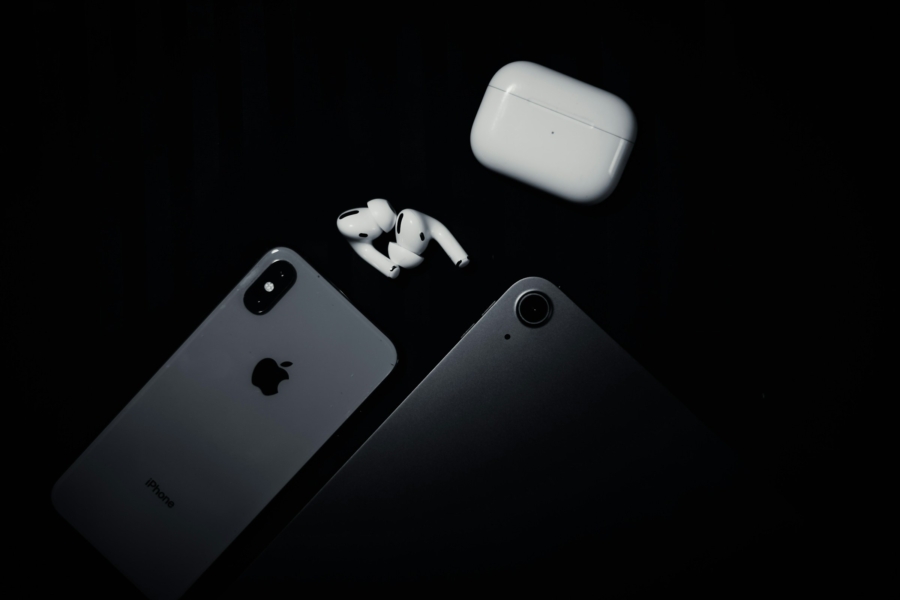Positioning Foldable iPhone
The new onslaught of foldable iPhone rumors have been released: a. it will feature under-display camera for innards, b. it will feature Touch ID instead of Face ID, c. it will feature a larger battery, d. the foldable display will be crease-less, and finally e. it will be priced at $2,399. The prudence dictates we don’t jump to conclusions, but the rumors are suggesting the Californian company wishes to sell one iPhone at the price of two, possibly by bundling the two in one.
The first four rumors — camera, biometrics, battery, and the display itself — might as well be educated guesses; it exists within the realm of possibilities. There were always rumors Apple is planning to transition to either smaller punch-hole or under-display camera; and if so, Face ID, which also requires larger foot print, is unlikely to be used on a device that has more than one display surface; with all the savings, the space will be filled with a larger battery as expected from iPhone Air; and lastly, if an iPhone is delivered with crease-ridden display, there will be a crease gate. Personally, I have my own shares of disagreement with the assessment, especially on the departure from Face ID. But it’s not a question of how, rather it’s a question of plausibility.
It’s the pricing that is implausible. The rumor has it at $1,999 to $2,399, but the range is still out of this world. iPhone 17 Pro Max starts at $1,199, and the most popular base model, iPhone 17, starts at $799. This puts the Fold at either triple of the most popular model or double the current flagship. Even if the Fold is to replace Pro Max as the new flagship, the price tag is questionable. In my last post on the possible dimension of the future product, rough calculations put it in lower end of 8-inches, iPad Mini size. iPad Mini is priced at mere $499. Combined, had the prospective buyer bought a set of a iPhone Pro Max and a iPad Mini, he or she would be saving at least $200, while still gaining the screen real estate. Not to mention streamlined Apple ecosystem enables two devices to work in tandem near flawlessly.
The only scenario I could think of where iPhone Fold would be absolutely necessary is for users who are running on longer than ordinary upgrade cycles. It is one less device to upgrade and maintain, and the high price might write itself off after several years. However, there is still a catch. Foldable displays have infamously short lifespan. The spec sheets often throw 10+ years, but anecdotal tales suggest the phones need to be repaired every 2-3 years. A phone that breaks half way through 6+ years upgrade cycle would not entice these buyers. It will take some breakthroughs for the technology to finally catch up with the consumer expectations.
I am in a group where I do wish to see a foldable iPhone, for the sake of wanting to use bigger display with certain apps. Popular Korean apps often do not support iPad, and when it is run via emulations, it tends to have hiccups over multi-device support. I also began using my phone as the primary ebook reader, and I certainly do not wish buy another iPad or another Kindle to consume only ebooks. As much as I want to see what Apple’s take would like, I don’t want to see yet another Vision Pro.

Comments will be automatically closed after 30 days.